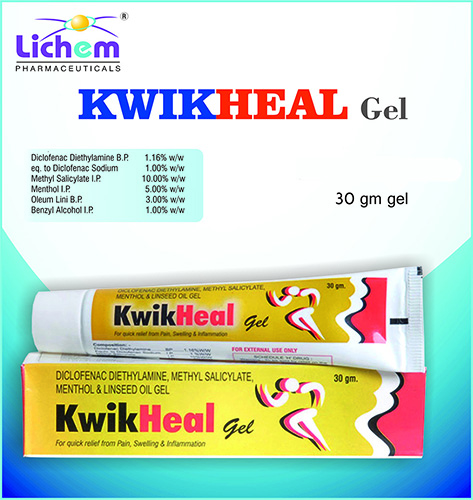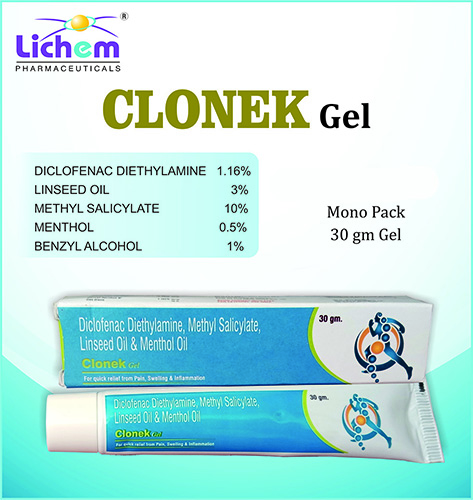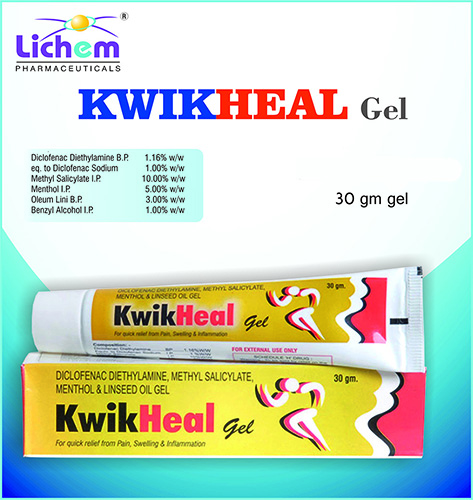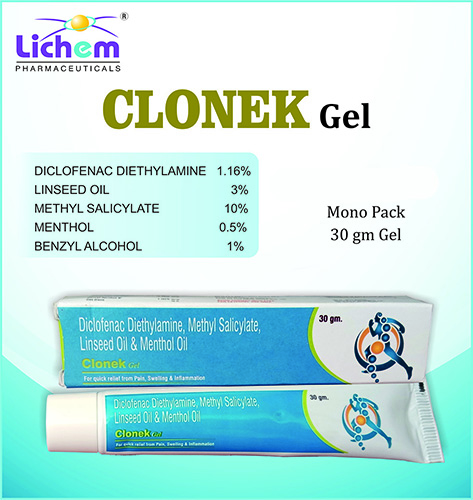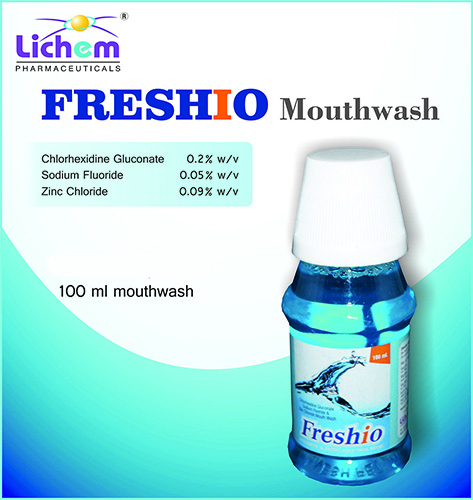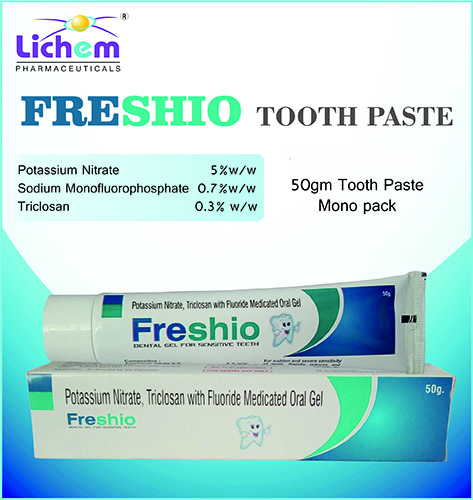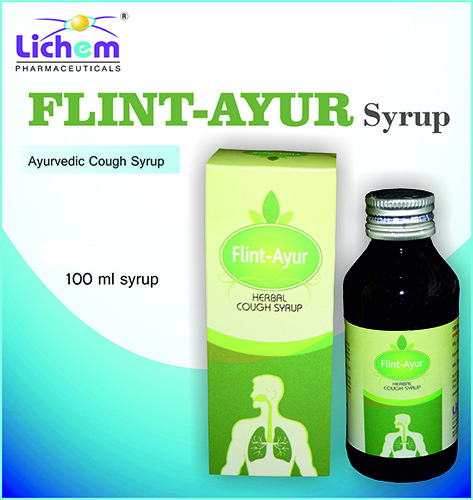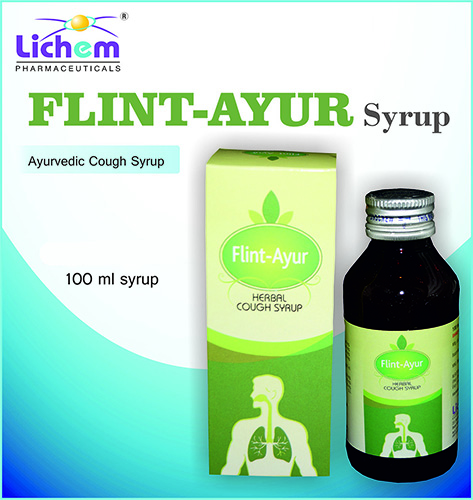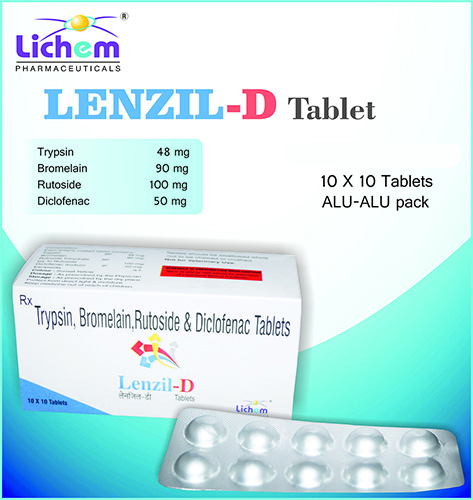Composition : Diclofenac Diethylamine 1.16% w/w + methyl Salicylate 10.00% w/w + Menthol 5.00% w/w + Oleum lini 3.00% w/w + Benzyl Alcohol 1.00 % w/w Diclofenac Diethylamine: A nonsteroidal anti-inflammatory drug (NSAID) that reduces pain and inflammation when applied directly to the skin. It works by blocking the production of prostaglandins, chemicals involved in these processes. Methyl Salicylate : A topical analgesic and counterirritant. It creates a warming sensation followed by a cooling sensation, helping to alleviate pain. Menthol: A topical analgesic that provides a cooling sensation and a numbing effect on the skin, contributing to pain relief. Oleum Lini: Also known as Flaxseed Oil. It has potential anti-inflammatory properties, although its effectiveness in this topical formulation is not fully established. It might also contribute some moisturizing effects. Benzyl Alcohol: An anesthetic with numbing properties that may slightly enhance the pain-relieving effect and act as a preservative. INDICATIONS Rheumatoid Arthritis Post Operative Pain Accidental Pain Sports Injury Severe Osteoarthritic Pain
Send Message